The clawhammer banjo, a distinctive instrument with a rich history, carries a unique sound that resonates through various genres of music, especially in folk and old-time music. This banjo technique, marked by the neck moving downward, offers a rhythmic and melodic charm that captivates listeners and transports them to simpler times. The songs they performed on the banjo with a claw are often filled with stories of love, life, and hardship, presenting a raw and earnest expression of human emotion. In this document, we will explore some cult songs on the keyboard banjo that have had a major effect on music history.
Bile Dem Cabbage Down
“Bile Dem Cabbage Down” is a traditional American folk song which is usually associated with the style of keyboard banjo due to its simplicity and rhythmic pattern. The song, with its repetitive lyrics and catchy melody, serves as an excellent introduction for those learning the clawhammer style. The tune offers a lot of room for improvisation, allowing players to experiment with drop thumb and double thumb techniques. Even though it is relatively straightforward to play, the song carries an undeniable charm and a rich, toe-tapping rhythm that beautifully showcases the distinctive banjo sound with a claw.[1]
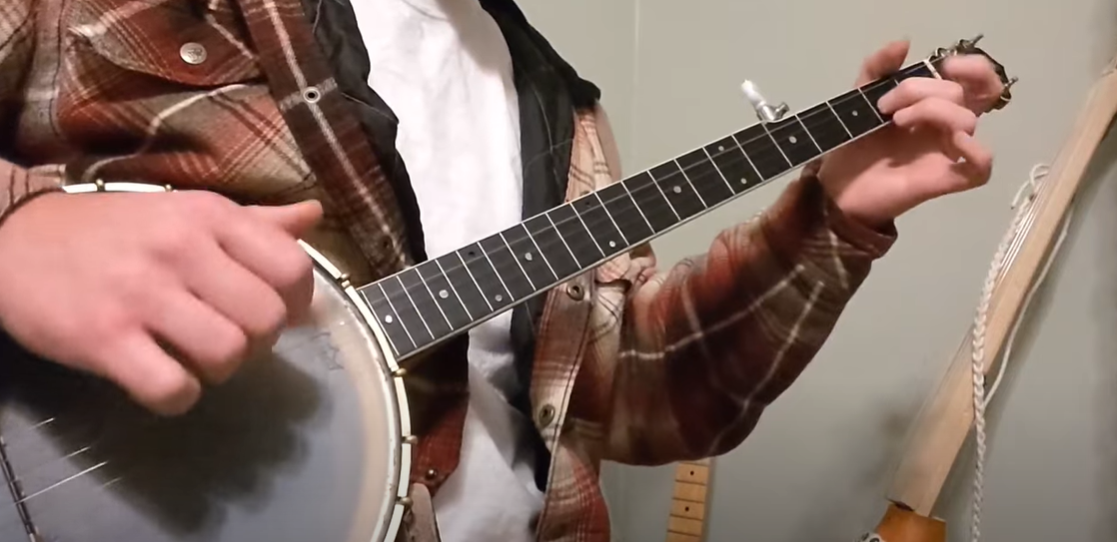
Bury Me Beneath the Willow
“Bury Me Beneath the Willow” is another traditional song often performed on the banjo. This haunting ballad, rooted in the heart of American folk music, tells the tale of lost love and despair. It’s known for its melancholic melody and poignant lyrics, offering plenty of scope for emotional expression while playing. The song allows clawhammer players to explore a more delicate, nuanced style of playing, focusing on producing a clear, clean melody line over the song’s simple chord progression. With its rich history and emotional depth, “Bury Me Beneath the Willow” is a staple in the repertoire of many clawhammer banjo players, and a song that truly showcases the emotive potential of this unique instrument.[1]
Cripple Creek
“Cripple Creek” is an upbeat, fast-paced tune that is frequently associated with the clawhammer banjo. This old-time Appalachian song is a mainstay in the bluegrass and folk repertoire, characterized by its lively rhythm and memorable melody. The song’s structure allows players to fully engage with the rhythmic potential of the clawhammer style, showcasing syncopation and ‘bounce’ that is inherent to this playing technique. The tune is often used to master the skill of drop thumbing, an essential aspect of clawhammer banjo playing. With its infectious rhythm and cheerful melody, “Cripple Creek” is a favorite among players and listeners alike, capturing the high-spirited essence of clawhammer banjo music.[1]
Darling Nellie Gray
“Darling Nellie Gray” is a sorrowful song, played beautifully on the clawhammer banjo, that emanates a deep sense of longing and loss. The song, written in the mid-19th century by Benjamin Hanby, is said to narrate the painful story of a lover separated from his beloved due to the brutalities of slavery. The song’s plaintive melody and heartrending lyrics are a perfect match for the resonant tones and percussive rhythm of the clawhammer style. As players strum the strings downward in a rhythmic pattern, the hauntingly beautiful melody unfolds, filling listeners with a profound sense of empathy. The song is not only a demonstration of the expressive nature of clawhammer banjo playing but also a reminder of the power of music in conveying historical narratives and evoking deep emotions.[1]
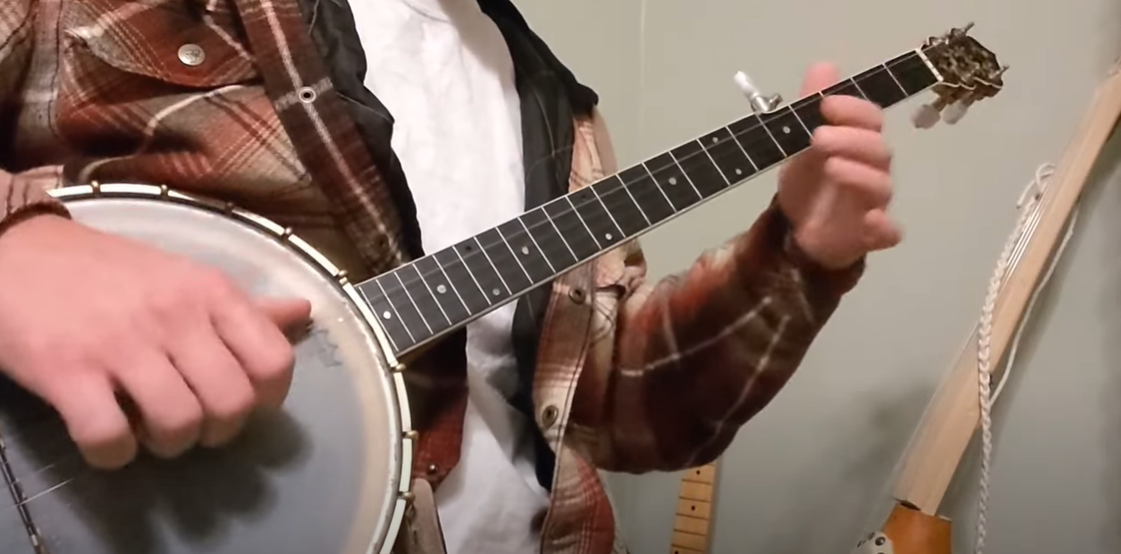
Long Journey Home
“Long Journey Home,” also known as “Two Dollar Bill,” is a well-known song in the clawhammer banjo repertoire. The song, with its theme of longing and return, resonates perfectly with the percussive and rhythmic drive characteristic of the clawhammer style. The quick tempo and syncopated rhythm in the song provides an opportunity for players to display their technical prowess. Its repetitive melody line also allows for various embellishments, giving each player the chance to make this traditional song their own. “Long Journey Home” evokes the feeling of nostalgia, depicting the tale of a person yearning for their home after a long time away. With its engaging rhythm and emotionally charged theme, it represents the journey of life, making it a must-learn song for every clawhammer banjo enthusiast.[1]
Worried Man Blues
“Worried Man Blues” is a folk music that finds a natural home on the strings of the clawhammer banjo. The song, often attributed to the Carter Family, is an embodiment of the hard-living narratives that permeate folk music. Its repetitive four-line poems tell the story of a person who is troubled by life’s hardships, lending the song a universal appeal. Playing “Worried Man Blues” on the banjo allows musicians to channel the rhythmic power of the instrument fully, with the ‘bum-ditty’ pattern of the style adding a driving beat to the poignant lyrics. The melancholic tone of the song paired with the rhythmic pulse of the clawhammer technique creates a striking contrast that captures the listener’s attention. As the story unfolds, the banjo’s unique timbre adds a layer of depth to the tales of worry and strife, reminding us of the transformative power of music in expressing human emotions.[2]
Will the Circle Be Unbroken
“Will the Circle Be Unbroken” is a classic hymn that has been adopted and adapted by musicians across multiple genres, including folk, gospel, and bluegrass. This song holds a special place in the world of clawhammer banjo, as its melody and chord progression present players with the opportunity to fully exploit the distinctive rhythmic and textural elements of the style. The song’s refrain, with its evocative question about continuity and unity in the face of loss, resonates powerfully when played on the banjo. The clawhammer technique’s percussive nature, coupled with the instrument’s unique timbre, enhances the emotional depth of the song, making it a compelling addition to any clawhammer player’s repertoire. Not only does “Will the Circle Be Unbroken” serve as an important piece of musical heritage, but it also demonstrates the range and versatility of the clawhammer banjo, solidifying its status as a staple in American traditional music.[2]
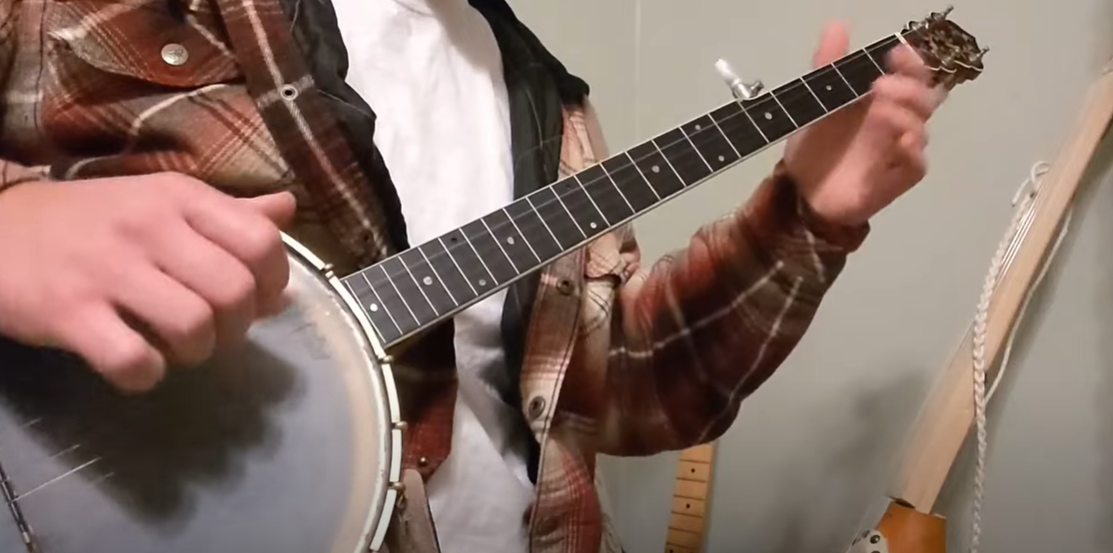
You Are My Sunshine
“You Are My Sunshine” is a popular song in the United States that has been covered by numerous artists over the years. Its simple melody and heartfelt lyrics have made it a favorite among clawhammer banjo players. The song’s basic chord structure allows the player to focus on the rhythmic ‘drive’ that is characteristic of the clawhammer style, while the melody provides ample opportunity to experiment with different techniques and embellishments. The song’s lyrics convey a poignant message of love and loss, emotions that are beautifully echoed in the resonant tones of the banjo. As the player strikes the strings in the rhythmic downward motion typical of the clawhammer style, the song comes to life in a way that truly embodies the spirit of American folk music. Its universal appeal and the emotional depth it lends to the clawhammer style make “You Are My Sunshine” an essential addition to a banjo player’s repertoire.[2]
FAQ
Is clawhammer banjo easier?
Determining whether clawhammer banjo is easier or harder than other styles of banjo playing, such as bluegrass, is subjective and depends largely on the individual player. Clawhammer style, with its distinctive ‘down-picking’ pattern and rhythmic focus, can be more intuitive for some, especially those with a background in percussion or rhythm guitar. The technique involves striking the strings in a downward motion, which can feel more natural and less strenuous on the hand and wrist over long periods. However, it does require a certain level of precision and timing to master the ‘bum-ditty’ rhythm and drop-thumb technique. In contrast, bluegrass banjo playing, characterized by complex rolls and up-picking, might be more challenging for beginners to grasp initially but may offer more melodic possibilities. Ultimately, the perceived difficulty or ease of clawhammer banjo depends on personal preference, musical background, and practice. Regardless, the clawhammer style is deeply rewarding and opens up a world of rhythmic and resonant possibilities on the banjo.
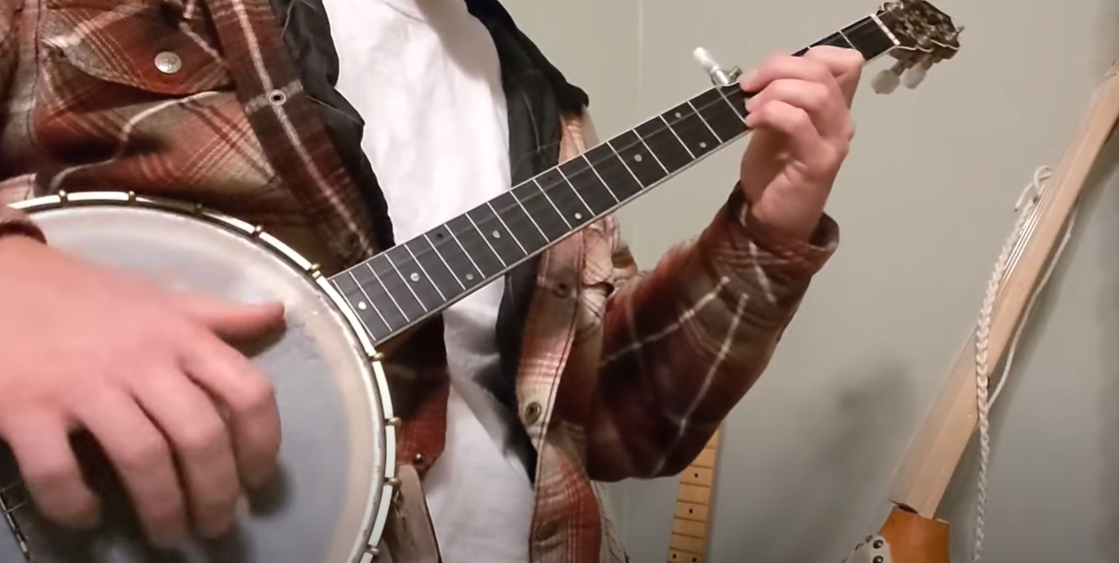
What is the beginner song on the clawhammer banjo?
“Cripple Creek” is often highly recommended as the ultimate go-to beginner song for those venturing into the captivating world of clawhammer banjo. This traditional Appalachian folk tune gracefully encapsulates the essential elements of the clawhammer technique, making it an excellent starting point for aspiring banjoists who are just beginning their musical journey.
With its simple yet captivating melody and chord structure, “Cripple Creek” allows novices to wholeheartedly focus on mastering the fundamental ‘down-picking’ and ‘bum-ditty’ rhythm patterns that are so quintessentially characteristic of the clawhammer style. Moreover, its relatively short length serves as a true blessing in disguise, as it enables beginners to wholeheartedly concentrate on maintaining a steady tempo and rhythm without the overwhelming burden of an extended song.
In addition to its simplicity, “Cripple Creek” generously offers ample opportunities for embellishment and improvisation as players progress on their musical expedition. This remarkable aspect transforms “Cripple Creek” into a timeless staple song that can seamlessly remain an integral part of a player’s repertoire throughout their entire musical odyssey.
Thus, it becomes abundantly clear that “Cripple Creek” serves not only as a captivating introductory song for clawhammer banjo enthusiasts but also as a solid foundation for diving into more intricate techniques and exploring the vast depth of tunes that await them on their extraordinary musical voyage.
What genre is clawhammer banjo?
The clawhammer banjo style, characterized by its percussive ‘down-picking’ technique and rhythmic drive, is primarily associated with the folk genre, particularly Appalachian folk music. This style finds its roots in old-time music, a pre-bluegrass genre that showcases traditional American roots tunes and prominently features stringed instruments. The inherent storytelling nature of folk and old-time music is beautifully enhanced by the clawhammer banjo’s melodic depth and resonant tones.
While deeply rooted in folk traditions, the adaptability of the clawhammer style has allowed it to transcend boundaries and find a place in other musical genres. Its distinctive sound can be heard in country, gospel, and even contemporary pop and rock music. This versatility speaks volumes about the instrument and the technique, showcasing their ability to seamlessly blend and complement various musical styles.
The clawhammer banjo, with its rich history and wide-ranging influence, remains an iconic symbol of folk and old-time music. However, its impact extends far beyond these genres, serving as a testament to the instrument’s enduring legacy and the timeless appeal of its unique playing style.
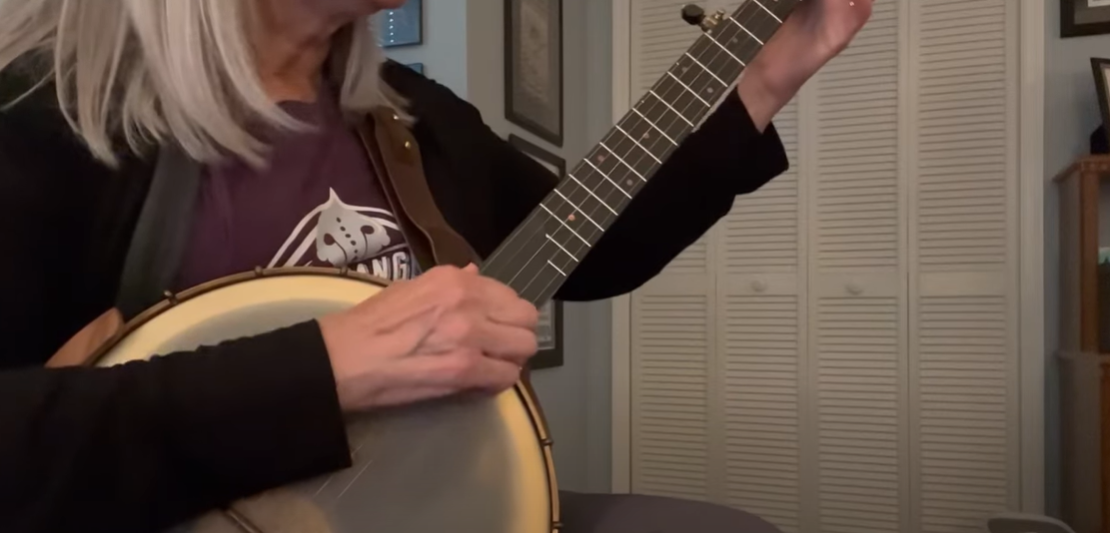
Is clawhammer or 3 fingers easier?
The question of whether clawhammer or 3-finger style is easier to learn is subjective and can vary significantly from player to player.
Clawhammer style, characterized by its rhythmic ‘down-picking’ technique, may feel more intuitive for some individuals, especially those with a background in rhythm or percussion. The repetitive and simpler chord structures commonly used in many songs suited to this style can also make it a less daunting choice for beginners, allowing them to quickly grasp the fundamentals.
On the other hand, the 3-finger style, also known as Scruggs style, is widely used in bluegrass music and involves intricate picking patterns played in an upward direction. While this style offers more opportunities for melodic play and intricate finger movements, it may initially seem more complex to beginners due to the technical rolls and dexterity required.
Ultimately, the choice between clawhammer and 3-finger style depends on individual preference, musical background, and the type of music one wishes to play. Both styles present their own unique challenges and rewards, providing a rich and fulfilling banjo playing experience for those willing to explore and master them.
Should I learn clawhammer or bluegrass?
The decision to learn clawhammer or bluegrass style on the banjo hinges on various factors such as your musical preferences, the time you can devote to practice, and your ultimate goals as a musician. If you are drawn to the rhythmic, driving sound commonly associated with folk and old-time music, clawhammer could be a suitable choice. Its ‘down-picking’ technique is often perceived as more intuitive and can be less physically demanding for some players. On the other hand, if you’re intrigued by fast, intricate melodies and are interested in genres like bluegrass and country, you might find the 3-finger or Scruggs style more appealing. While initially more challenging due to its complex picking patterns, the 3-finger style allows for a wide range of melodic possibilities. It is important to remember that neither style is superior to the other, and many banjo players eventually learn both to broaden their musical range. Experimenting with both styles could help you decide which one aligns more with your musical inclinations. The key lies in enjoying the learning process and connecting with the music you play.
Can you play clawhammer on a guitar?
Yes, one can certainly employ the clawhammer technique on a guitar, although it’s more commonly associated with the banjo. The clawhammer style, with its rhythmic ‘down-picking’ motion, can be used to play chords and melody simultaneously on a guitar, lending a unique percussive flavor to the music. It involves striking the strings with the back of the fingernail or a fingerpick, creating a distinctive sound that resonates with folk and bluegrass genres.
To master the clawhammer technique on guitar, it requires practice and precision. The ‘bum-ditty’ rhythm and ‘drop-thumb’ technique, inherent to the style, add complexity to the playing. The strings on a guitar are arranged differently than on a banjo, so guitarists may need to modify their approach slightly when adopting the clawhammer technique. However, this challenge opens up a world of possibilities, as the clawhammer style can add a rich layer of rhythm and resonance to guitar music, extending its versatility across various genres, from traditional folk to contemporary acoustic arrangements.
By incorporating the clawhammer technique into their repertoire, guitarists can explore new sonic textures, infusing their playing with the earthy and vibrant tones that are characteristic of this unique style. Whether strumming chords or picking out melodies, the clawhammer technique offers a fresh perspective and opens doors to creative expression on the guitar. So, embrace the challenge, dive into the world of clawhammer guitar, and discover the endless possibilities that await!
Useful Video: The Wellerman – Clawhammer (free tabs)
Conclusion
Whether you’re a novice embarking on your musical journey or an experienced player seeking to expand your repertoire, the clawhammer style offers a rewarding and unique way to approach the banjo – and even the guitar. Rooted in the rich traditions of folk and old-time music, it brings a distinct rhythmic drive and resonant depth to any piece. The clawhammer technique, with its signature downward strike of the thumb and intricate fingerpicking patterns, creates a mesmerizing blend of melody and percussive rhythm. It’s like a conversation between the strings, where each note resonates with warmth and character.
While it may initially present a learning curve, especially for those more familiar with the 3-finger style, the versatility and expressiveness of the clawhammer technique make it well worth exploring. The rhythmic patterns and syncopated beats can add a touch of Appalachian soul to your playing, infusing your music with a raw and earthy energy. As you dive deeper into the world of clawhammer, you’ll discover endless possibilities for improvisation and personal expression. The melodic phrases and embellishments become like brushstrokes on a canvas, allowing you to paint vibrant musical landscapes that reflect your own style and emotion.
Remember, musical mastery is less about the style you choose and more about the passion, commitment, and enjoyment you bring to your practice. Whether you decide to delve into clawhammer, bluegrass, or both, embrace the journey with open arms. Connect with your instrument and the music you create, allowing the melodies to resonate with your soul and the rhythms to ignite your spirit. Let the banjo strings become an extension of your very being, as you become one with the music.
So, pick up your banjo or guitar, and let the clawhammer style guide your fingers along the fretboard. Explore the nuances, unleash your creativity, and let the music flow through you. Enjoy the journey, and may your playing be filled with joy, inspiration, and a touch of Appalachian magic. Happy playing!
References:
- https://jodyhughesmusic.com/best-beginner-clawhammer-banjo-songs/
- https://clawhammerbanjo.net/firstsongs/




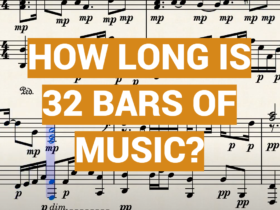
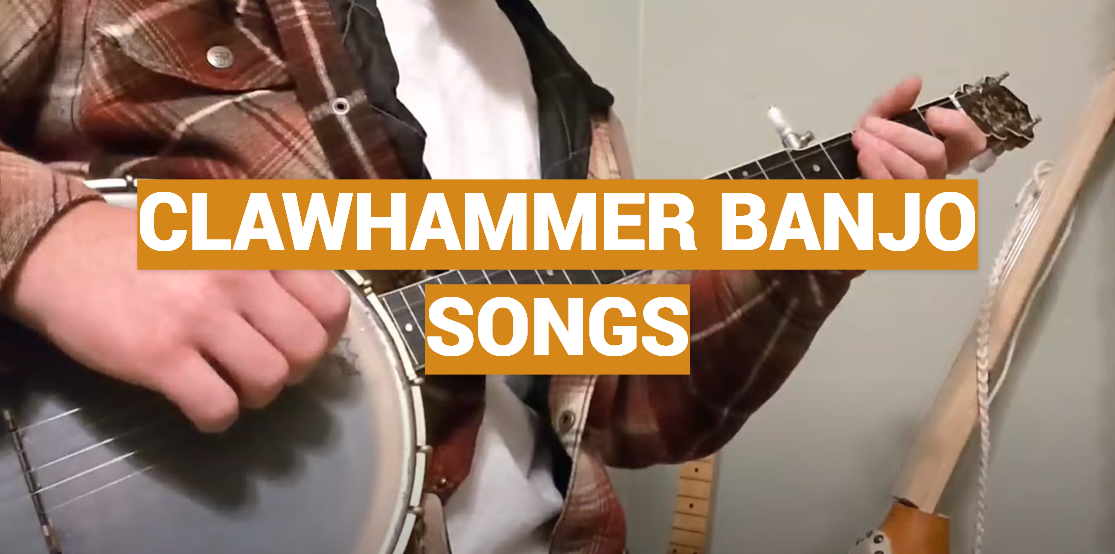
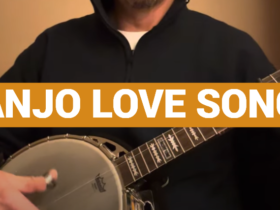

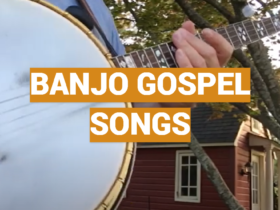
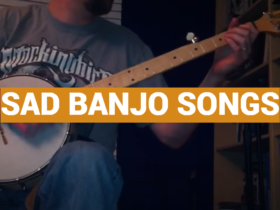
Leave a Reply